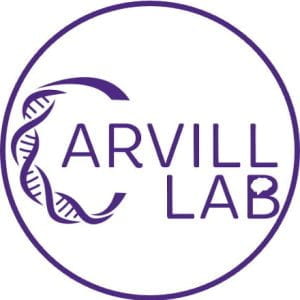The goal of our lab is to determine the genetic causes of epilepsy, as well as study how pathogenic variants in these genes affect how the brain develops and functions, and ultimately find ways to intervene.


Poison Exons

Poison exons, or nonsense mediated decay (NMD) exons, are small exonic regions that when spliced into an RNA transcript lead to premature truncation of a protein. Inclusion of poison exons occurs during specific times in neurodevelopment and splicing occurs in a cell-specific manner. Many of the genes implicated in epilepsy harbor these poison exons, including the voltage gated sodium channels (VGSCs) SCN1A, SCN2A and SCN8A. We first identified patient-specific variants that lead to aberrant inclusion of an SCN1A poison exons in patients with a specific epilepsy subtype – Dravet Syndrome. We are using DNA sequencing approaches to identify poison exon variants in other epilepsy genes. We also use stem cell models to identify the proteins that control splicing of these poison exons. The poison exons are potential novel targets for RNA-therapeutics.
Resolution of Coding Variants


Non-Coding Regions

Pathogenic Mechanisms

Stem Cell Models
We have noted that many of these genes that can cause epilepsy control the expression of other genes. In other words, they are responsible for switching certain genes ‘on’ or ‘off’ during the development and/or functioning of the brain. This switching is dependent on the 3D structure of DNA – called the epigenome. A class of genes called chromatin remodelers, change this 3D structure, while another class of genes – transcription factors, bind the DNA regions that are now accessible and can promote the expression of the target genes. In the lab we are using gene-editing technologies (CRISPR-Cas9) and reprograming of patient cells to make stem cell models of genetic epilepsy, including the genes CHD2, a chromatin remodeler and CUX2, a transcription factor. We then differentiate these cells to a neuronal lineage and study how these mutations change the epigenome structure, as well as the genes and pathways that are disrupted. These studies will provide new targets for therapeutic development and testing.

